
Catholic Social Teachings by Tiffany Ospin
apply their understanding of Preferential Option for the Poor by creating an action plan of how they will work towards demonstrating this Catholic Social Teaching in their local communities. This learning sequence has been created using the 'See, Judge, Act' model. This reflection-action process was first used by a Belgian Catholic priest.

Preferential Option for the Poor by Elizabeth Burns
Option for the poor. The option for the poor reminds us of God's preferential love for the poorest and most vulnerable people. God's love is universal; he does not side with oppressors, but loves the humble. This principle is believed to have originated from the Liberation Theology movement in Latin America.
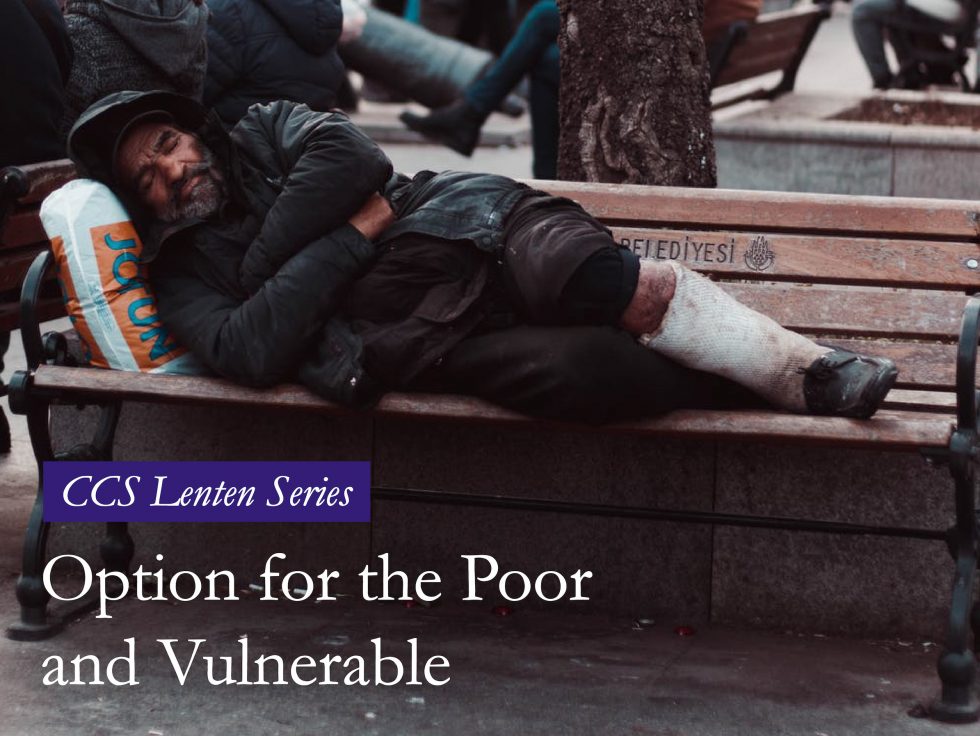
Catholic Social Teaching Option for the Poor and Vulnerable Catholic Community Services
Preferential Option for the Poor. Preferential care should be shown to poor and vulnerable people. Jesus taught that God asks each of us what we are doing to help the poor and needy: "Truly I tell you, whatever you did for one of the least of these brothers and sisters of mine, you did for me." (Matthew 25:40).

Catholic Social Teaching by Karo Cabrera
The option for the poor, or the preferential option for the poor, is a principle of Catholic social teaching, explicitly articulated in the latter half of the 20th century. The concept was first articulated within Latin American liberation theology, and was championed by many Latin American Christian democratic parties at the time. It is also a theological emphasis in Methodism.
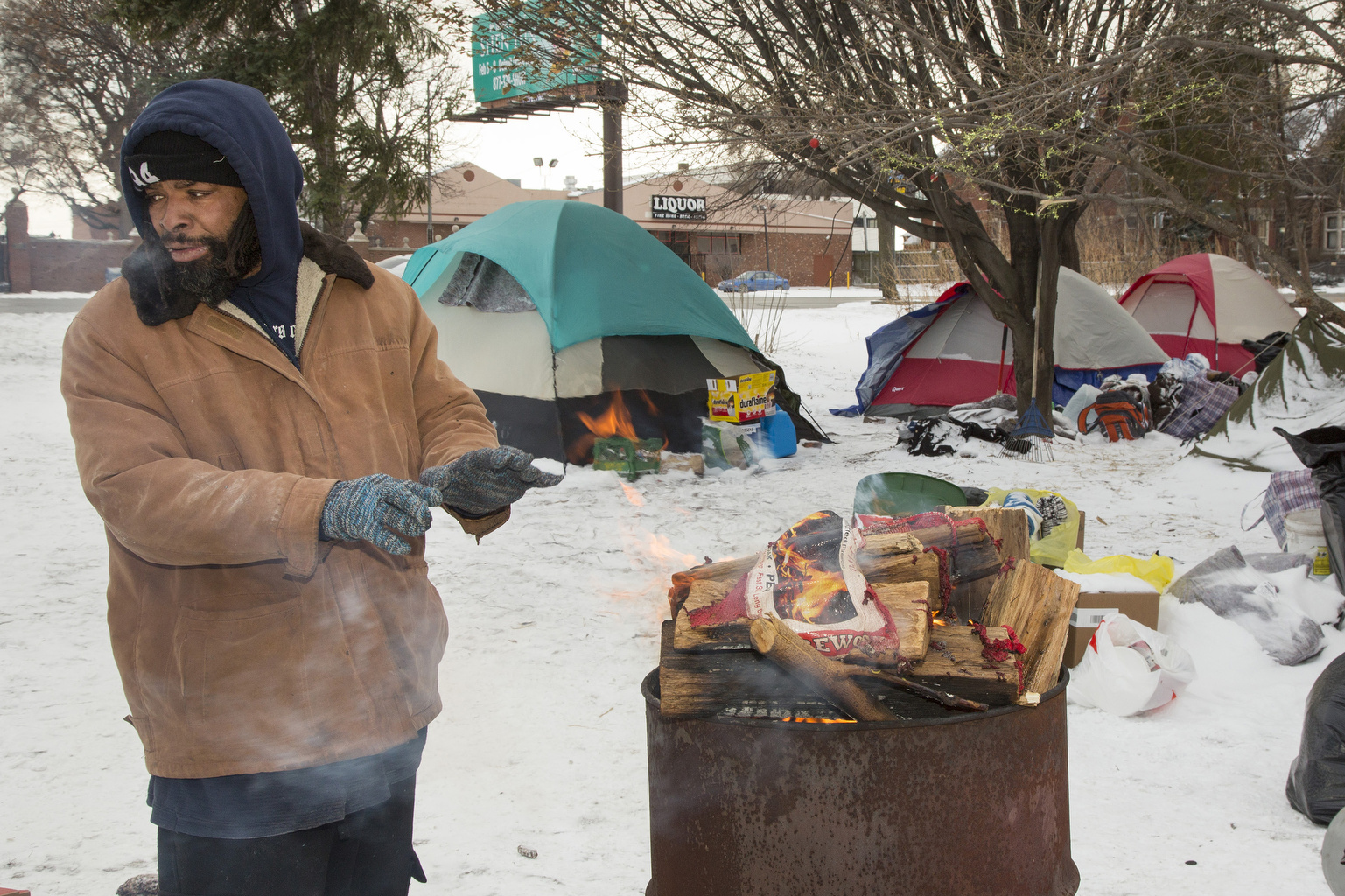
Reminding of a preferential option for the poor America Magazine
The Preferential Option, or love of the poor and vulnerable, is a perspective on the world that maintains that we can measure the quality of justice in any society by the way its most poor and vulnerable are treated. This Catholic Social Teaching calls us to discern, listen, see and respond to the cry of the poor through our words and actions.
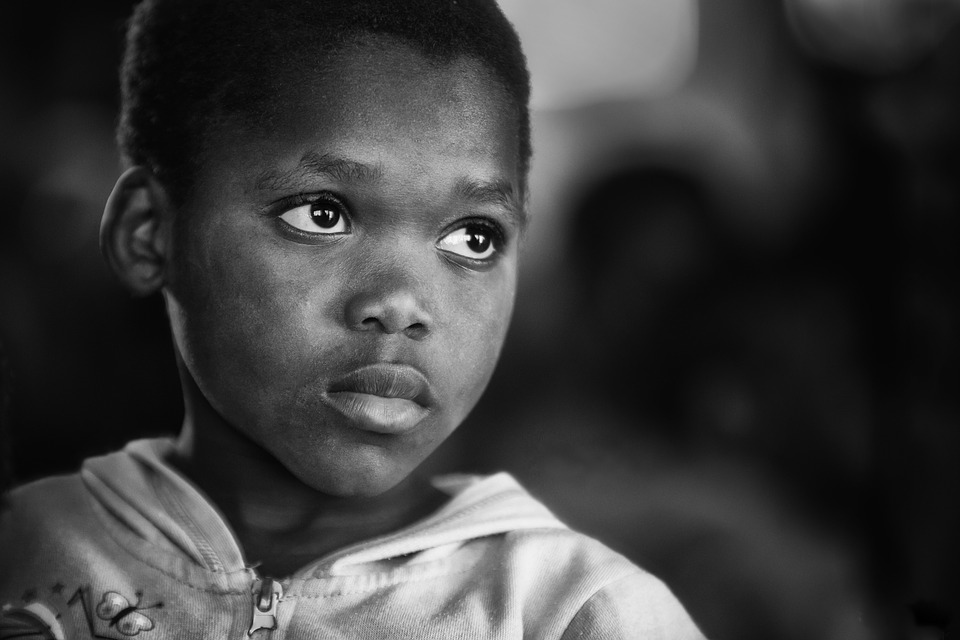
2.3 Explaining Poverty Social Problems Continuity and Change
Option for the Poor and Vulnerable "A basic moral test is how our most vulnerable members are faring. In a society marred by deepening divisions between rich and poor, our tradition recalls the story of the Last Judgment (Mt 25:31-46) and instructs us to put the needs of the poor and vulnerable first." God is Love (Deus Caritas Est)

Seven Principles Of The Catholic Social Teachings by
The preferential option for the poor (POP) has become an essential element of Catholic social teaching (CST). There are two major currents of interpretation of this preferential love of the poor. One interpretation is that of Latin American theology of liberation, where the expression originated.
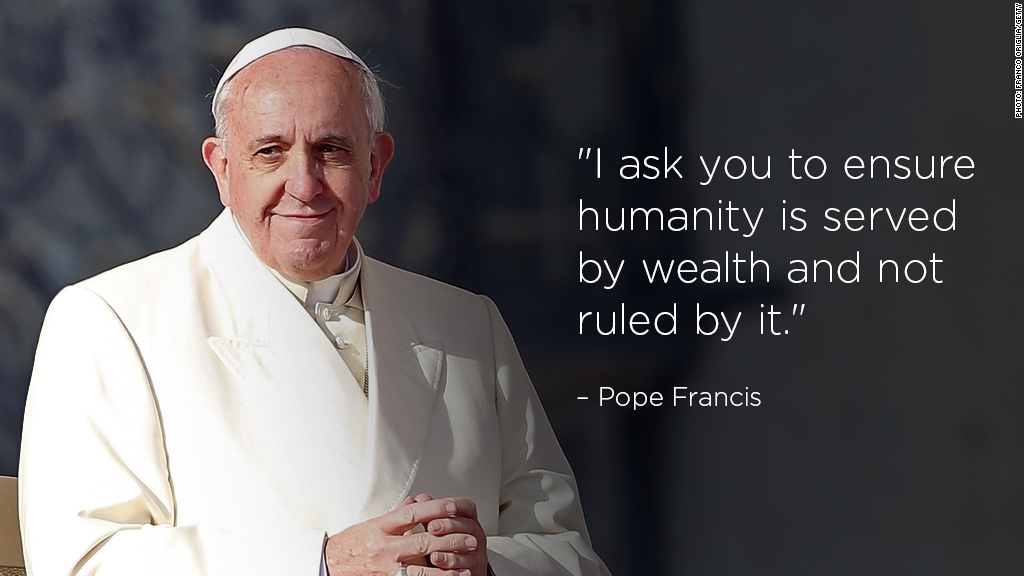
Pope sending a message to world business leaders
CST 101 Discussion Guide: Option for the Poor and Vulnerable. A discussion guide to help a small group learn about and reflect on the Catholic social teaching principle Option for the Poor and Vulnerable. This guide was developed in collaboration with the United States Conference of Catholic Bishops (USCCB) as a part of the CST 101 series.

Copy of Copy of R.E by Robyn Sparl
Caring for those who are less well off is everyone's responsibility. Preferential care should be shown to vulnerable and marginalised people, whose needs and rights are given special attention in God's eyes. Our programs aim to reach the poorest and most marginalised people, especially those living in remote areas where there are few resources.
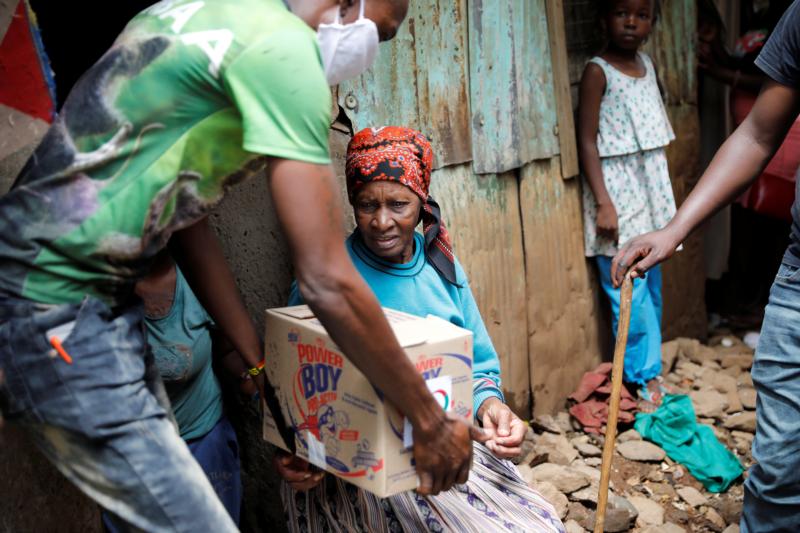
Vulnerable people around the world aided by rapid COVID19 response America Magazine
Option for the Poor and Vulnerable. A basic moral test is how our most vulnerable members are faring. In a society marred by deepening divisions between rich and poor, our tradition recalls.
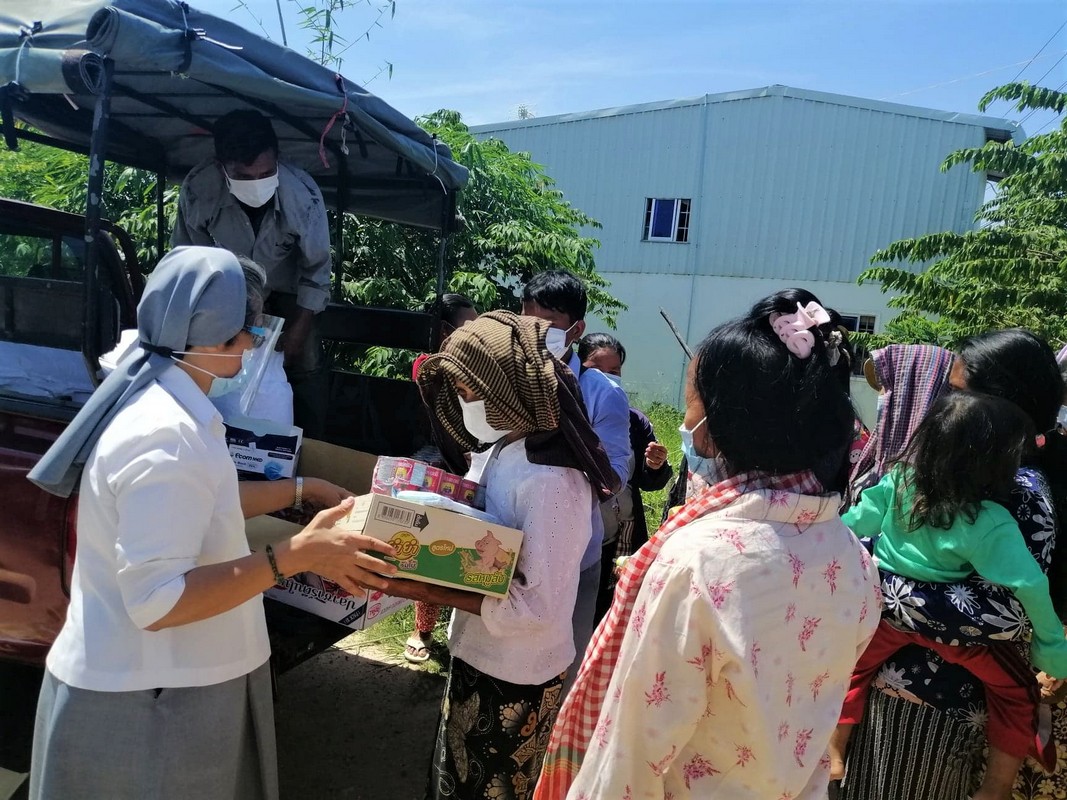
Catholic Social Teaching Caritas Humanitarian Aid & Relief Initiatives, Singapore (CHARIS)
By the end of this unit, students will have explored the concept of fair and unfair sharing, and reflected on ways they can follow Jesus' example in caring for the poor. Watch the CST 'Preferential Option for the Poor' film for your own background and familiarise yourself with the Lower Primary cartoon (found within the Learning.

Model Of Catholic Social Teaching by Sam Brown
The poor and vulnerable have a special place in the kingdom of God. Putting into practice the preferential option for the poor means considering the impact of our own decision and of public policy on the most vulnerable members of society. Christ taught that when we feed the hungry, offer hospitality to the stranger, clothe the naked, look.

Preferential Option For The Poor And Vulnerable Lessons Tes Teach
OPTION FOR THE POOR The meaning and intent of the phrase "option for the poor" is found in Octogesimo adveniens (1971), an apostolic letter of Pope Paul VI, which stated, "In teaching us charity, the gospel instructs us in the preferential respect due to the poor and the special situation they have in society: the more fortunate should renounce some of their rights so as to place their goods.

Supporting vulnerable children in Uganda's slums GlobalGiving
CST 101 is a 7-part video series presented by the USCCB and Catholic Relief Services on Catholic Social Teaching. Learn from Cardinal Luis Antonio Tagle, Fr..
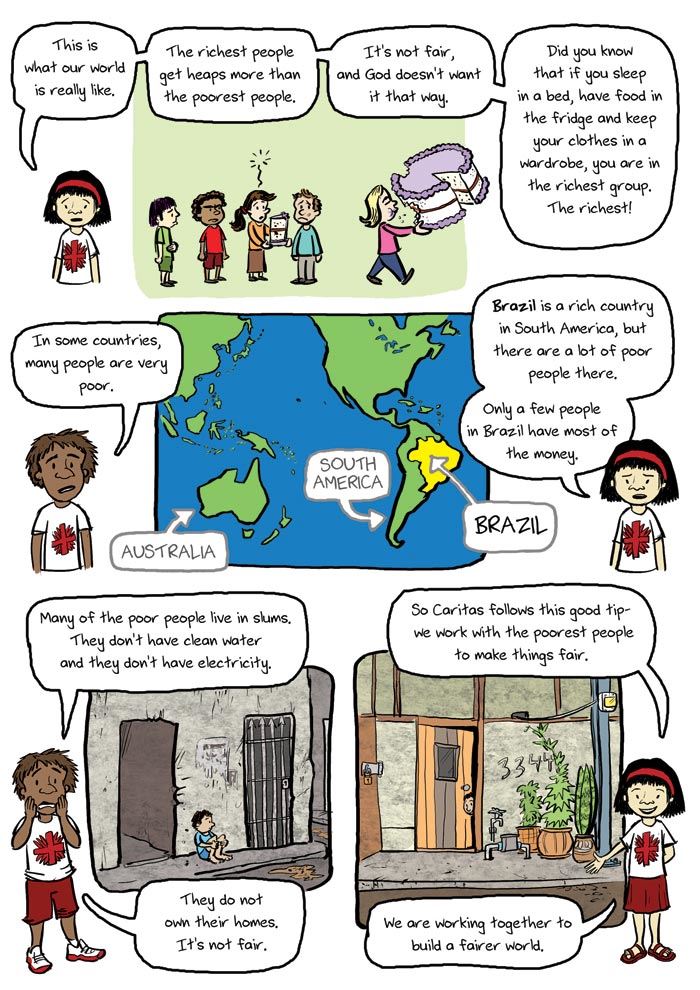
Catholic Social Teachings Preferential Option for the Poor
Preferential care should be shown to poor and vulnerable people, whose needs and rights are given special attention in God's eyes. This is preferential option for the poor. Jesus taught that God asks each of us what we are doing to help the poor and needy: "Amen, I say to you, whatever you did for one of these least brothers of mine, you did for me" (Matthew 25:40).

R.e by Prishlisaa Lawerance
"A basic moral test is how our most vulnerable members are faring. In a society marred by deepening divisions between rich and poor, our tradition recalls the story of the Last Judgment (Mt 25:31-46) and instructs us to put the needs of the poor and vulnerable first." Source: United States Conference of Catholic Bishops. Washington, D.C.